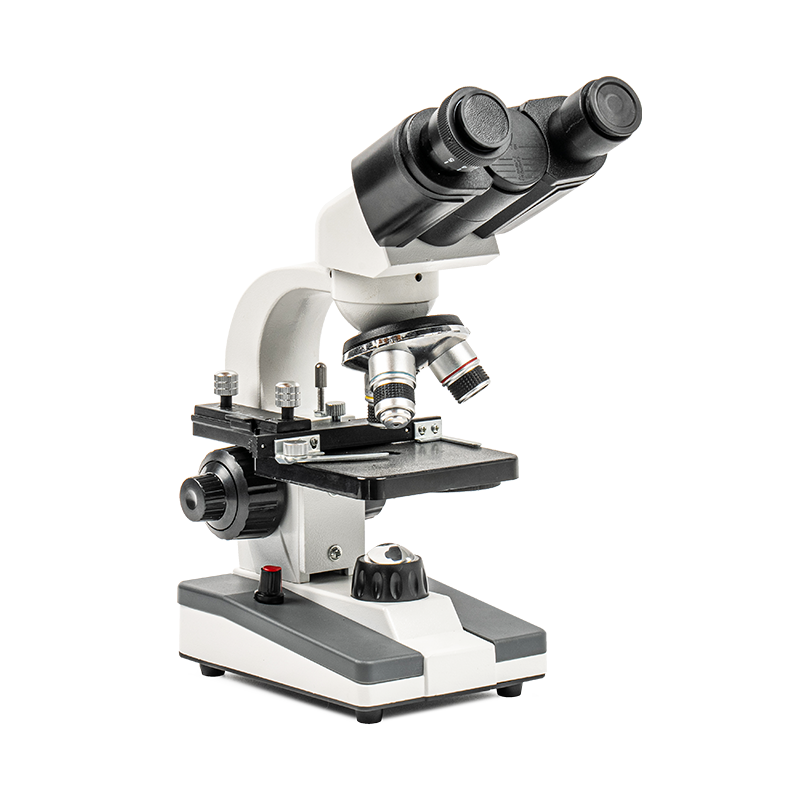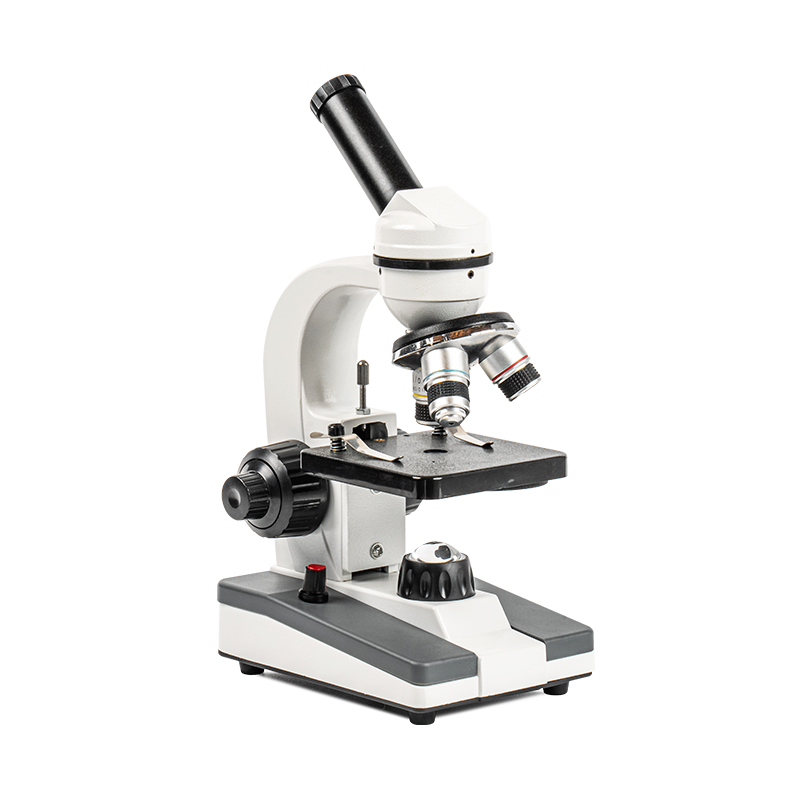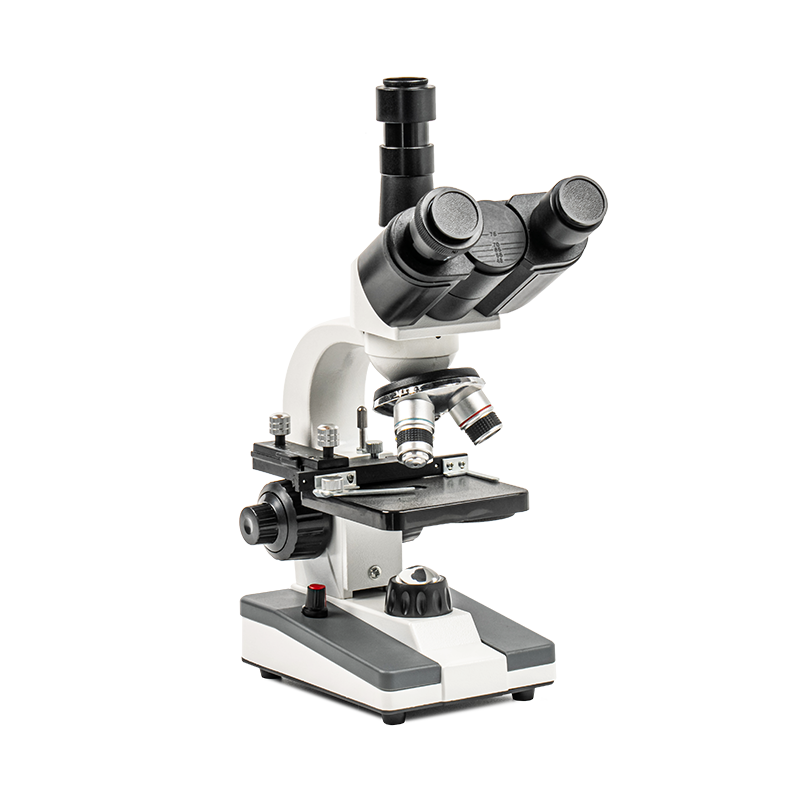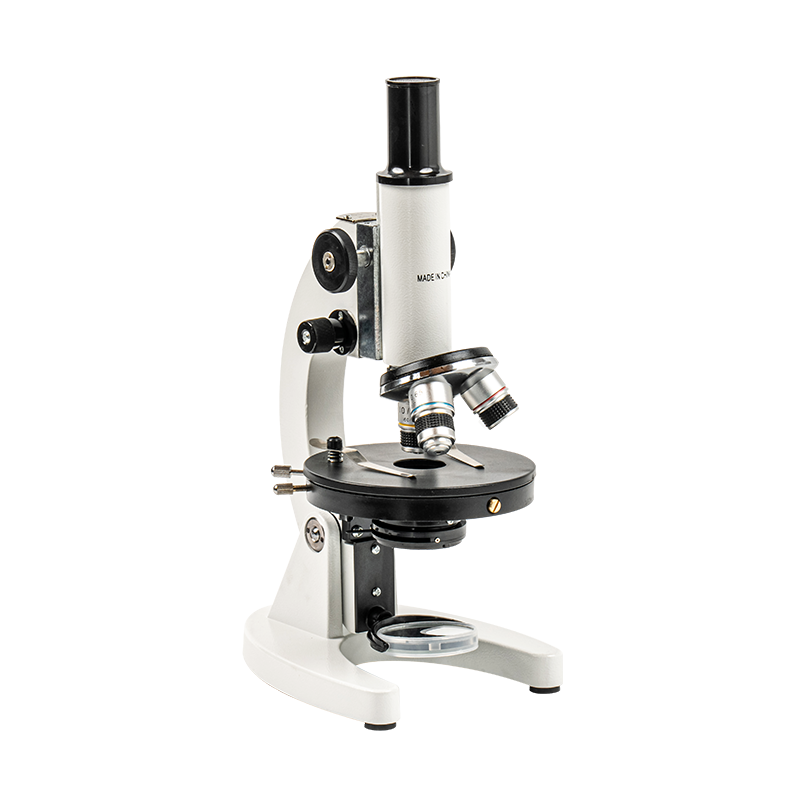In modern education, stimulating children's curiosity and hands-on ability is an important step in cultivating their scientific literacy. Microscope for kids is the ideal tool to help children achieve this goal. Through the microscope, children can not only explore the microscopic world in depth, but also learn many basic scientific principles from observation. The learning of these principles will lay a solid foundation for their in-depth exploration in the field of natural science in the future.
Children's curiosity is endless, and they are always full of questions about the world. And the microscope is the key to open this "door to the microscopic world". Through the microscope, children can clearly observe details that cannot be seen by the naked eye, from microorganisms, cells to the structure of insects, all of which can be presented to them one by one.
Through these observations, children can see the morphology of microorganisms such as bacteria and fungi with their own eyes, and understand how they grow and reproduce. These microorganisms play a vital role in many natural processes, and the microscope provides an opportunity for children to understand them intuitively. By observing these microorganisms, children not only feel the magic of science, but also stimulate their desire for deeper exploration.
Microscopes are not only tools for observation, but also bridges to help children understand the basic scientific principles of nature. In the process of using microscopes to observe microorganisms and cells, children will naturally come into contact with some scientific concepts. For example, principles such as cell division, the reproduction method of microorganisms, and the change of the state of matter can be vividly presented in practice. These scientific principles are not empty theories, but knowledge that children can understand and internalize through personal experience and observation.
Through microscopes, children will learn some basic optical principles, such as the refraction of light and the magnification of objects. These principles can help them better understand how microscopes magnify objects and how to present different levels of details. Children will gradually understand the essence of science in actual operation-observation, experimentation and verification.
As a scientific tool, microscopes not only help children explore the microscopic world, but also cultivate their scientific thinking. Through microscopes, children learn how to observe, record and analyze things. For example, they can choose different samples for observation, record their morphological changes, and even make assumptions and inferences based on the observations. This practical and exploratory learning method allows children to deeply understand the methodology of science: answering questions through observation, experimentation and thinking. This way of thinking is not only applicable to the field of science, but also helps children develop problem-solving skills in daily life.
Microscope for kids is not only a tool for observing cells and microorganisms, but also a carrier to inspire children's thinking and improve their scientific literacy. With the help of a microscope, children can gradually expand their scientific horizons and enter the macroscopic laws of nature from the microscopic world. For example, they will be curious about why cells divide, why the structure of insects is so delicate, and even interested in the origin of life on Earth. Through observation under the microscope, children gradually learn to start from microscopic details and look for broader laws. They can not only understand the operating mechanism of nature, but also establish an interest and love for science in exploration, which will become an inexhaustible driving force for their pursuit of knowledge in future learning.
For parents and teachers, the microscope is a tool to stimulate children's curiosity. It not only allows children to be exposed to rich scientific knowledge, but also cultivates children's hands-on ability and independent thinking ability through the process of observation. When using a microscope, children will encounter various problems, such as sample preparation, focusing, light adjustment, etc., which prompt them to improve their scientific skills in the process of problem solving.
Through the study of microscopes, children will gradually develop critical thinking and experimental spirit, which will be of great benefit to their future development in any subject area. In their scientific enlightenment process, microscopes undoubtedly play an extremely important role.

 English
English Español
Español عربى
عربى 中文简体
中文简体









